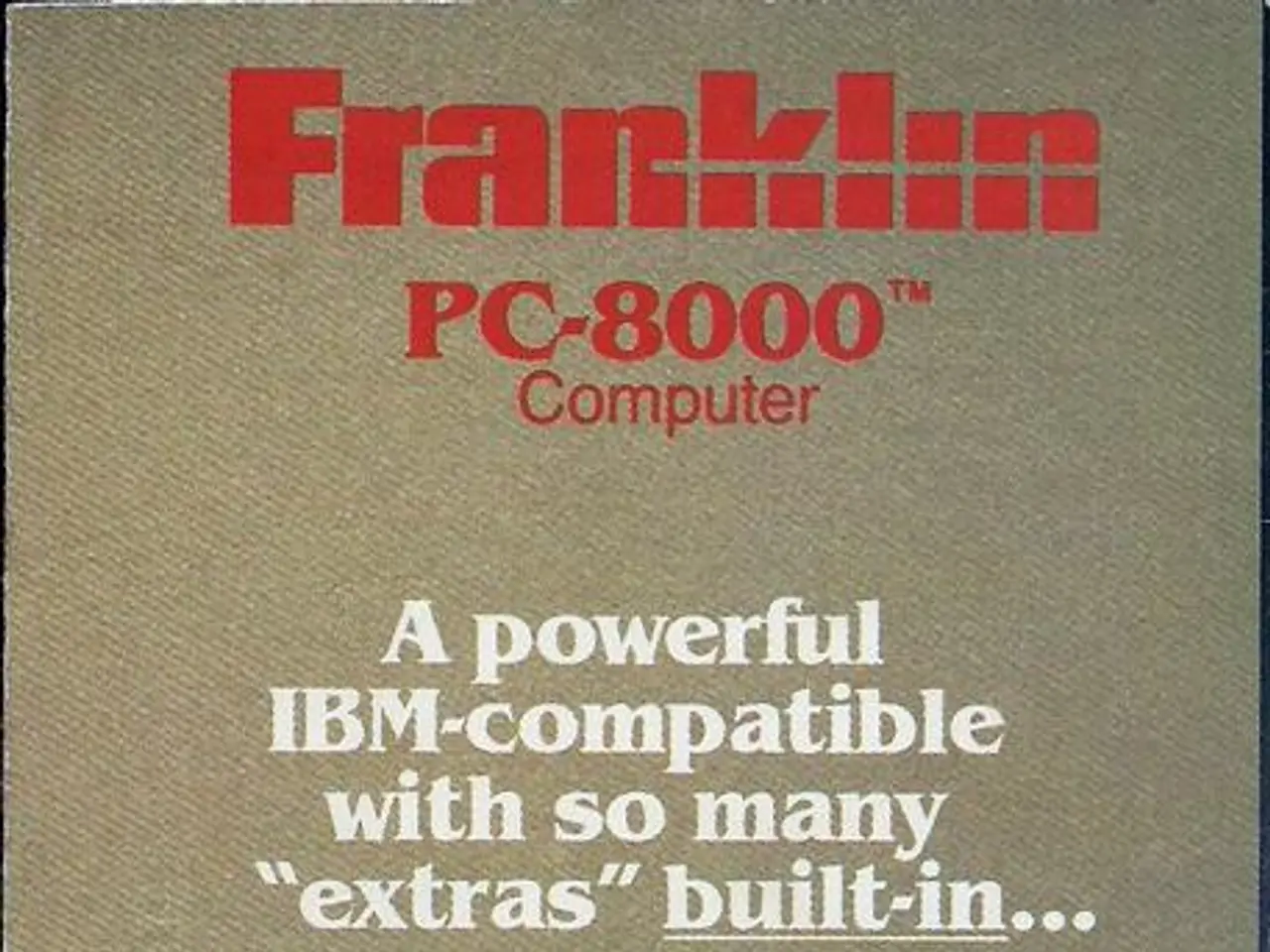Investment Opportunities: two stocks plummeting by 81% and 88% that are worth considering for long-term holding over the next decade.
In the ever-evolving world of technology, two companies, Roku and Snap, have been making waves but are currently undervalued according to financial analysts.
Roku's Surge and Undervaluation
Roku, the video-streaming company, has seen a decline of almost 80% from its 2021 highs. Despite this, the company has managed to secure a 38% share of the U.S. Connected TV (CTV) device market and accounts for almost half of all U.S. broadband homes. The Roku Channel, a significant growth catalyst for the company, saw an 84% year-over-year jump in engagement in 2025's first quarter, reaching 145 million people in the U.S. in the fourth quarter of 2024.
The CTV market, the fastest-growing segment of the streaming TV industry, is expected to experience a 13% year-over-year growth in global ad spending, reaching $26.6 billion. However, Roku faces challenges such as profitability struggles, intensifying competition, stagnant average revenue per user, and overall weakness in the advertising market.
Despite these challenges, Roku's stock price does not fully reflect its strong projected free cash flow growth and improving earnings estimates. The stock currently trades at 3.2 times sales, a stark contrast to its high forward price-to-earnings ratio (around 100x) and non-profitability on a bottom-line basis. Analysts project Roku's free cash flow to grow substantially—from $318.9 million recently to over $2 billion by 2035—which supports a discounted cash flow (DCF) intrinsic value about 40% higher than its current market price.
Snap's Resurgence and Concerns
Snap, the parent company of Snapchat, has also seen a significant drop, with shares currently down 88% from their 2021 high. However, the company has made strides in integrating generative AI into AR and crossed the 900 million monthly active users (MAUs) milestone. Snap's daily active users reached 460 million in 2025's first quarter, an increase of 38 million year over year.
Snap's premium subscription service, Snapchat+, has nearly 15 million subscribers, representing a 59% year-over-year increase. In Q1, Snap's adjusted EBITDA surged 137% year over year to $108 million, while free cash flow surged 200% to $114 million.
However, investors are concerned about Snap not providing Q2 guidance due to a challenging ad spending environment, changes in regulatory and trade policies, a decline in North American daily active users, increasing competition, and Apple's privacy changes.
On the other hand, Snapchat+ generated nearly $152 million in Q1, representing a 75% year-over-year increase and has an annualized run rate of almost $600 million.
A Shared Undervaluation
While specific data for Snap was not provided, the undervaluation of Roku arises due to high valuation ratios, lack of profitability on the bottom line, a prolonged multi-year decline, and a DCF valuation indicating intrinsic value significantly above the current stock price. These factors may also apply to Snap's undervaluation, pending further information.
In conclusion, both Roku and Snap are undervalued tech giants with strong growth potential and improving fundamentals. Investors should consider these companies as attractive picks, despite the challenges they currently face.
Investing in Roku and Snap, two technology companies, presents an opportunity for financial gain, as they are currently undervalued according to financial analysts. Roku's stock price does not fully reflect its strong projected free cash flow growth and improving earnings estimates, while Snap's premium subscription service, Snapchat+, has an annualized run rate of almost $600 million. However, investors should be aware of the challenges these companies face, such as profitability struggles, intensifying competition, and a challenging ad spending environment for Snap. In conclusion, the undervaluation of Roku and Snap arises from high valuation ratios, lack of profitability on the bottom line, and a DCF valuation indicating intrinsic value significantly above the current stock price.




